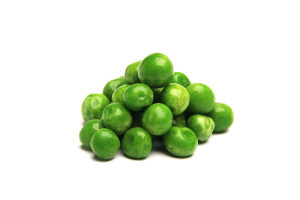Pea fibers blend excellently with other ingredients, they are good fillers, bulking agents. Due to their fineness they can be used in multitude of applications: from bakery product to injected meats. Owing to high content of dietary fiber, they can enhance nutritional profile of the final product.
Contents
Uses
Culinary uses
Benefits
1. Weight management:
Peas are low-fat but high-everything-else. A cup of peas has less than 100 calories but lots of protein, fiber and micronutrients.
2. Stomach cancer prevention:
Peas contain high amounts of a health-protective polyphenol called coumestrol. A study in Mexico City determined you only need 2 milligrams per day of this phytonutrient to help prevent stomach cancer. A cup of peas has at least 10.
3. Anti-aging, strong immune system, and high energy:
This comes from the high levels of antioxidants, including:
- flavinoids: catechin and epicatechin
- carotenoid: alpha-carotene and beta-carotene
- phenolic acids: ferulic and caffeic acid
- polyphenols: coumestrol
4. Prevention of wrinkles, Alzheimer’s, arthritis, bronchitis, osteoporosis and candida:
These come from peas’ strong anti-inflammatory properties. Excess inflammation has also been linked to heart disease, cancer, and aging in general. These properties include:
- Pisumsaponins I and II and pisomosides A and B (anti-inflammatory phytonutrients found almost exclusively in peas)
- Vitamin C and vitamin E, and a good amount of the antioxidant mineral zinc
- Omega-3 fat in the form of alpha-linolenic acid (ALA)
5. Blood sugar regulation:
Peas’ high fiber and protein slows down how fast sugars are digested.
Their antioxidants and anti-inflammatory agents prevent or reverse insulin resistance (type 2 diabetes)
All peas’ carbohydrates are natural sugars and starches with no white sugars or chemicals to worry about.
Cautions
- None are recorded.
Interactions
- Not enough information is available.
Other names
n/a
References
Source: http://www.care2.com/greenliving/10-health-benefits-of-peas.html

